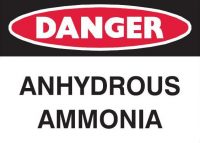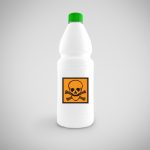Do Your Workers Know These Important Asbestos Safety Rules?
The Occupational Safety and Health Administration (OSHA) and the U.S. Environmental Protection Agency (EPA) have adopted regulations to protect workers from exposure to asbestos-containing materials, asbestos-containing building materials, and presumed asbestos-containing materials (PACMs). An Operations and Maintenance (O&M) program is a formulated plan of training, cleaning, work practices, and surveillance to maintain the ACM in […]










